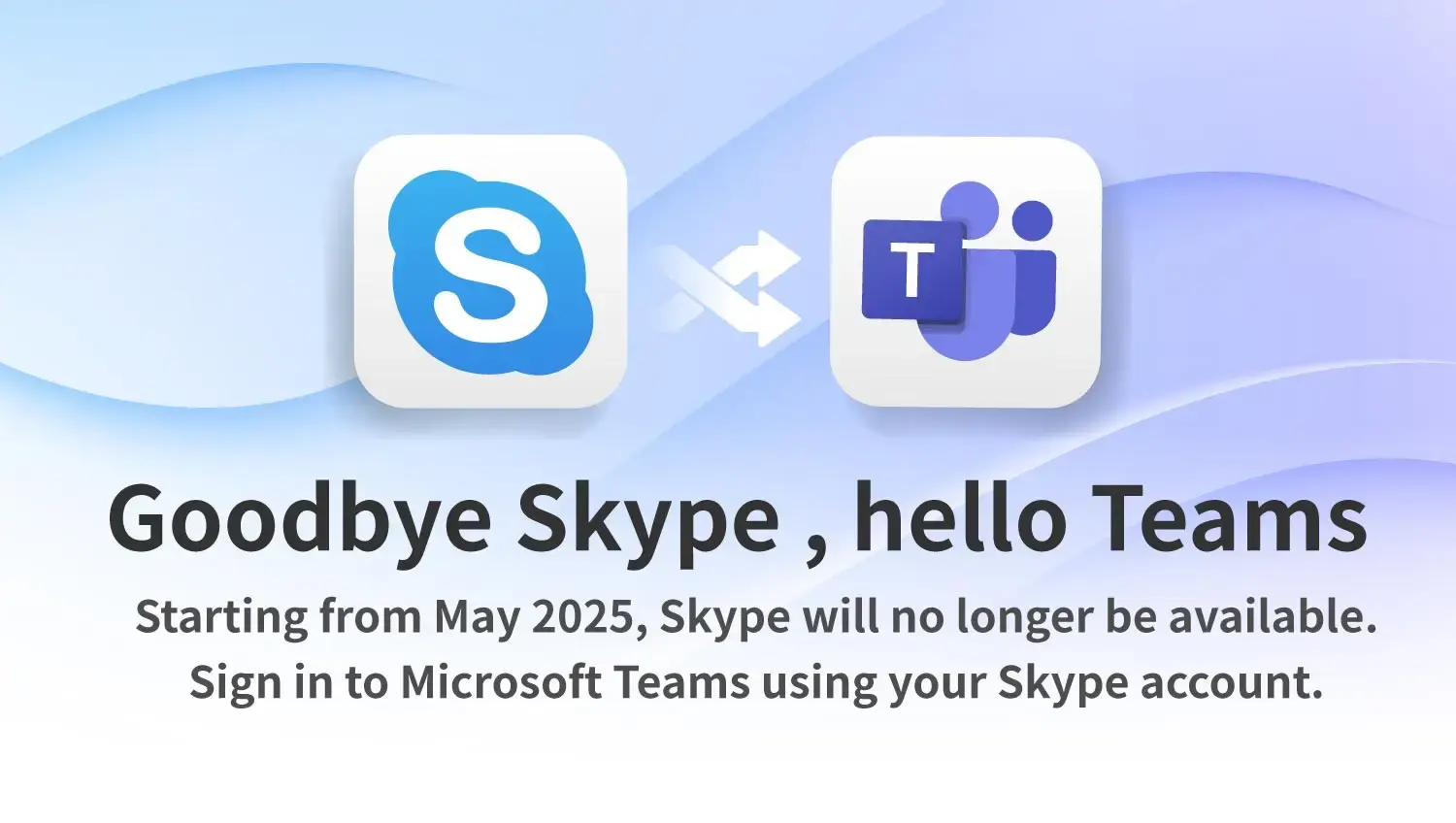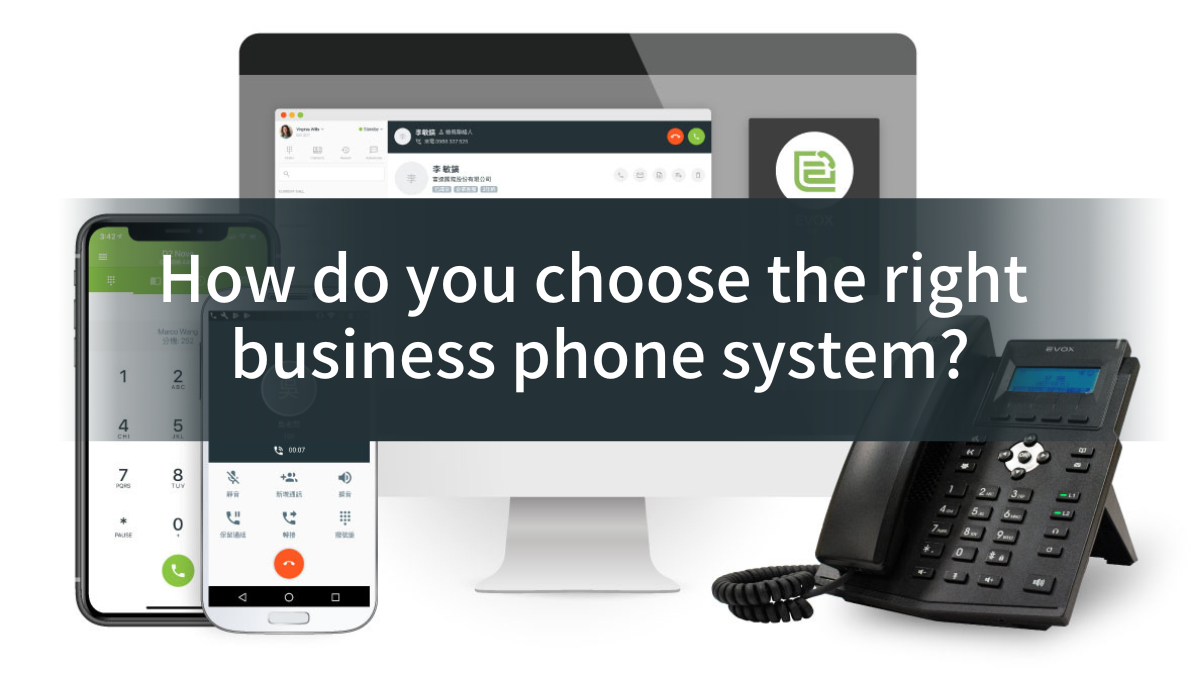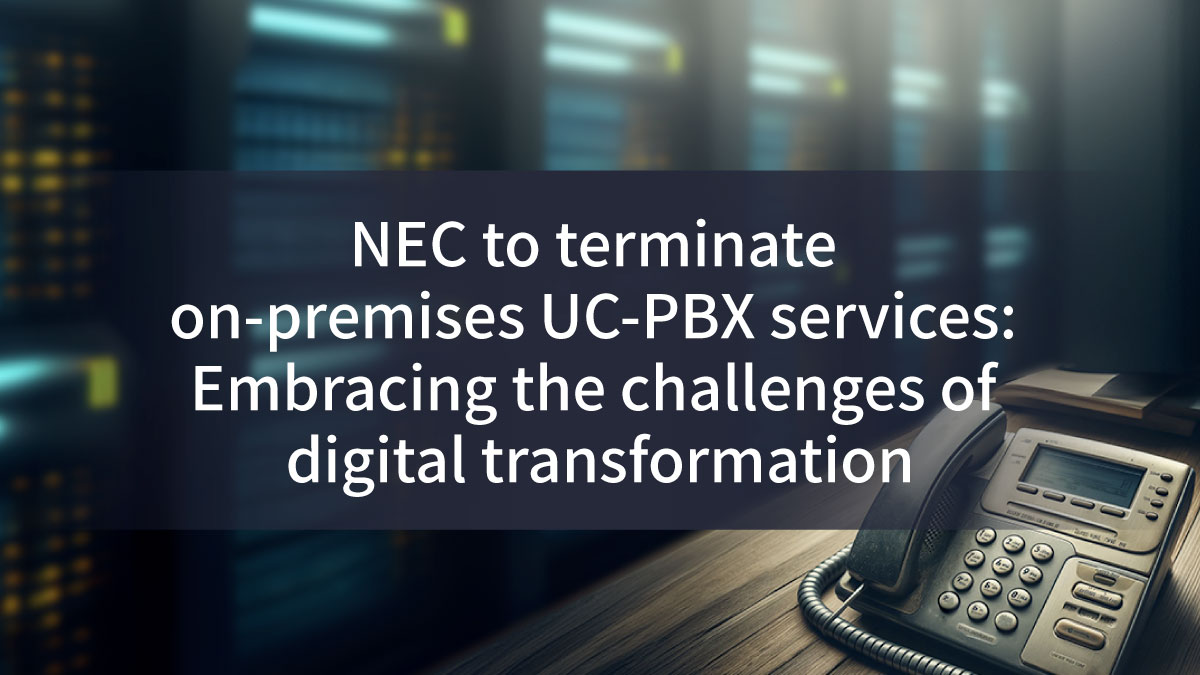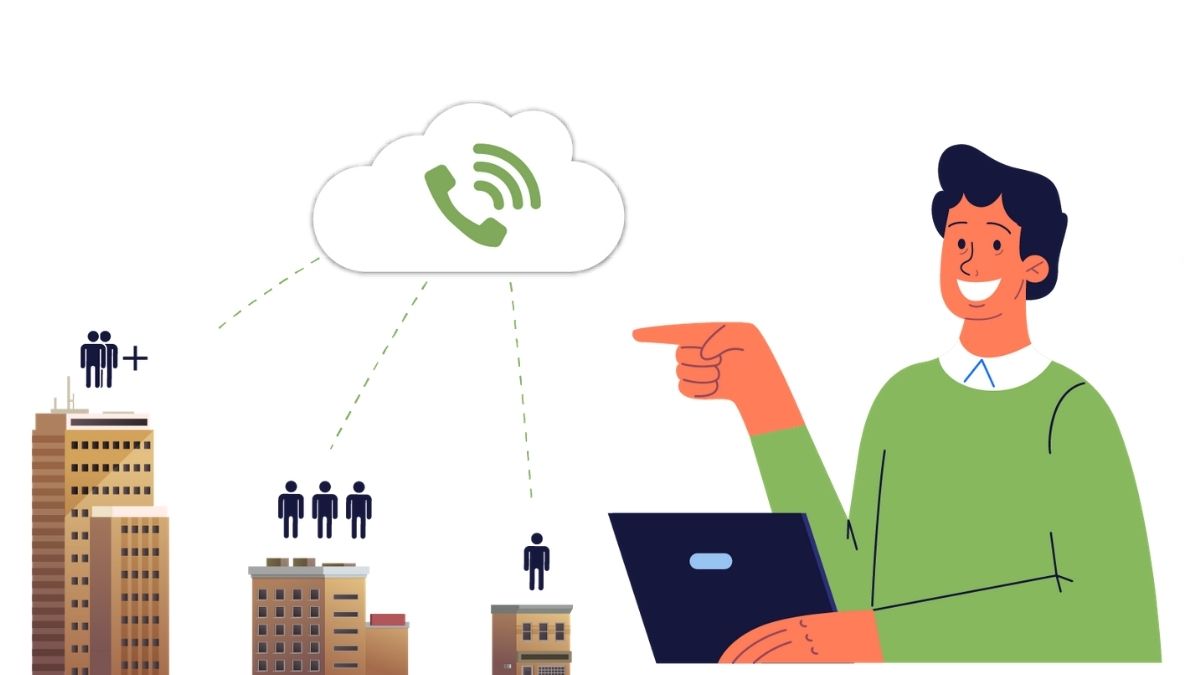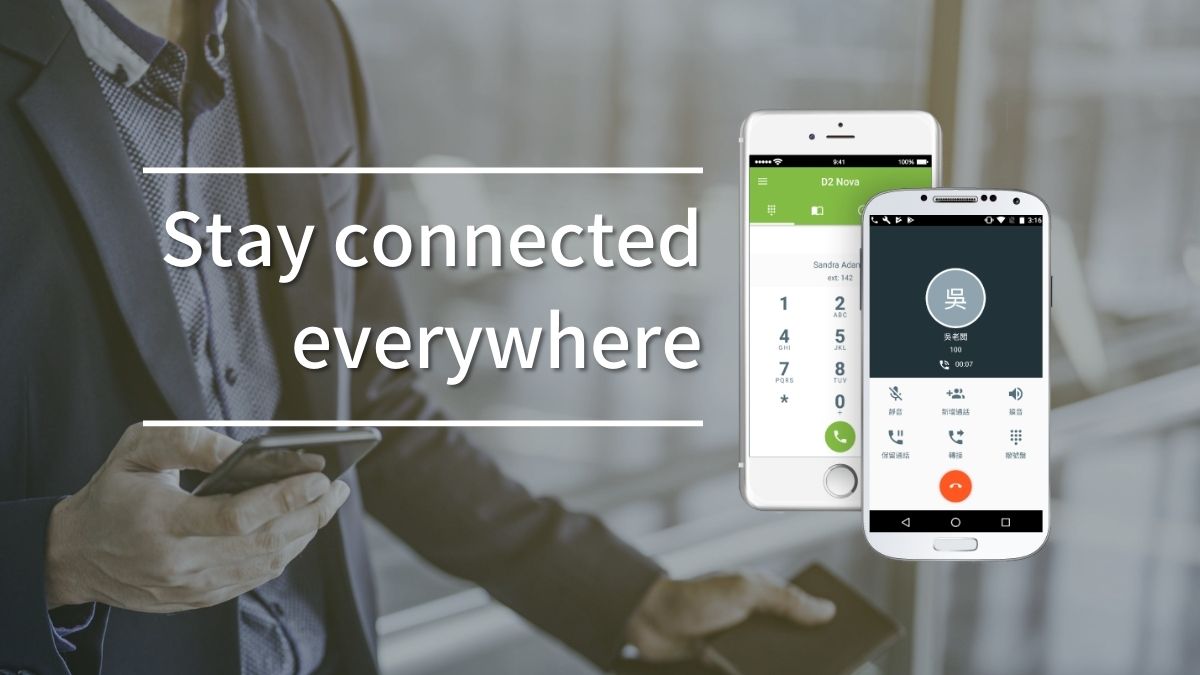When customers have a question about a product there are many channels they can use to contact a company. Popular options include a phone call, LINE, Facebook Messenger and the chat feature on the official business website. In the post-pandemic era, customer behavior has changed significantly.
When customers have a question about a product there are many channels they can use to contact a company. Popular options include a phone call, LINE, Facebook Messenger and the chat feature on the official business website. In the post-pandemic era, customer behavior has changed significantly. In the past, consumers might have only contacted businesses through a single channel, such as phone or email. Today customers may choose to interact with businesses, including social media, instant messaging, chatbots, and more. According to the analysis and observations of Omer Minkara, Research Director at Aberdeen Group, most businesses use an average of four channels to communicate with customers, and 40% to 45% of businesses report that their current challenge is providing customers with a "consistent experience" across these different channels.
%E9%9B%B2%E7%AB%AF%E8%81%AF%E7%B5%A1%E4%B8%AD%E5%BF%83(Contact%20Center)%EF%BC%9F/customer-need-channel.jpg)
To meet customer expectations, businesses are adopting omnichannel customer contact centers to manage the omnichannel customer experience. An omnichannel contact center is anchored by a customer database that integrates communication channels such as phone, chat, LINE, Facebook, and other social media. This allows businesses to provide consistent service to consumers through a single platform.
More info:
Call Center and Contact CenterWhat is omnichannel communication? How does it differ from multichannel communication?
Most businesses offer multiple communication channels for customers to reach out, but does this mean they are adopting omnichannel? If there is no information integration between channels, it can only be considered multichannel, not omnichannel.
Multichannel communication refers to businesses providing various channels for consumers to receive service, but these channels typically operate independently. Consumers may need to switch between different channels to complete a task. Additionally, information between different channels is not consolidated, meaning that customer contact records on one channel cannot connect to another. Customer service representatives or staff may not have visibility into past contact information, customer preferences, or characteristics in real-time, which results in customers frequently having to repeat the same information. This fragmented communication can lead to customer frustration and fails to create a positive communication experience.
In contrast to multichannel, omnichannel communication emphasizes consistent customer experience. By integrating various communication channels, it provides consumers with a seamless service experience. Customers can choose their preferred channel to communicate and switch channels at any time to continue their conversation.
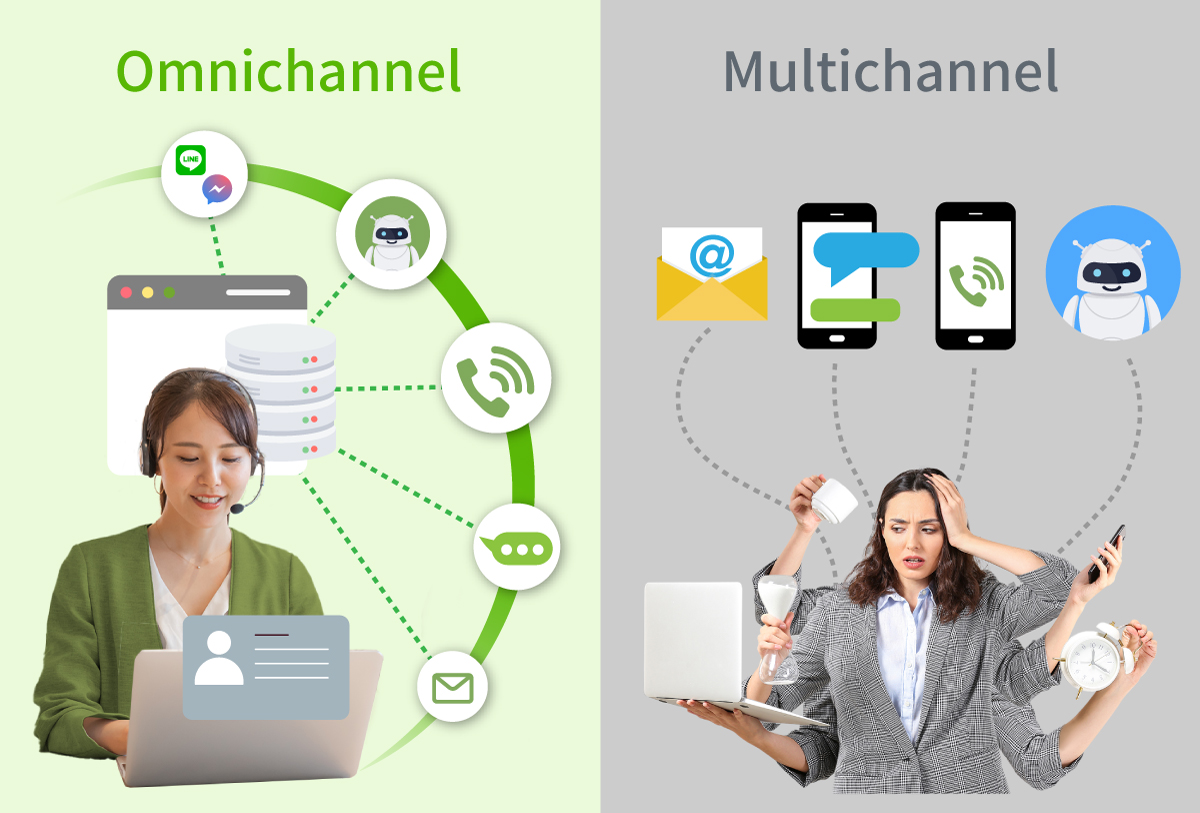
Why your omnichannel contact center still needs voice and phone calls?
Although text-based communication channels like LINE and Messenger are becoming increasingly popular, voice and phone services remain essential when handling urgent matters, complex issues, to provide a more personalized service. This direct communication method allows for rapid problem resolution and offers a deeper level of customer care. According to a survey by Forrester Research, 66% of consumers indicate that when faced with urgent needs, they still prefer to contact businesses via phone.
In other words, an omnichannel contact center which only provides text services is missing the key piece of the puzzle; without voice it cannot provide an omnichannel customer experience. Rather than choosing between text and voice, it is better to let them complement each other. By combining voice and text services, businesses can gain a more comprehensive understanding of customer needs and intentions.
Improve your business with an omnichannel contact center
Integrate fragmented information and channels
To achieve a consistent customer experience, data integration is at the heart of an omnichannel system. By integratingimportant information that has been scattered across various communication channels and social media, businesses can gain a comprehensive understanding of their customers’needs while simultaneously enhancing the efficiency of customer service representatives.
In a traditional multichannel communication setup, different channels may be managed by personnel from different departments. For instance, the customer service team might handle phone inquiries, while marketing staff manage LINE communities or website chats. Without consolidated information, customer service representatives may be unaware that an irate customer on the phone has already expressed their complaints on LINE or Facebook. These situations waste time and require additional efforts to calm the customer. The brand's image is harmed, customer experience is negatively impacted, and employee efficiency and morale are lowered.
An omnichannel contact center is customer-centric, with a customer database at its core which connects various communication channels externally. A cloud-based omnichannel contact center can easily integrate with third-party CRM, CDP, ERP, or POS member systems through APIs, allowing information to flow seamlessly across various external communication channels. This creates a 360-degree communication environment without blind spots, saving valuable time for both customers and employees. With a complete customer database, the omnichannel contact center can leverage AI technology to create an “AI agent" that quickly and accurately provides suggested responses, purchase history and reference information based on customer inquiries. It can even analyze customer sentiment using AI voice and semantic recognition technologies, significantly enhancing the efficiency of customer service and sales personnel.
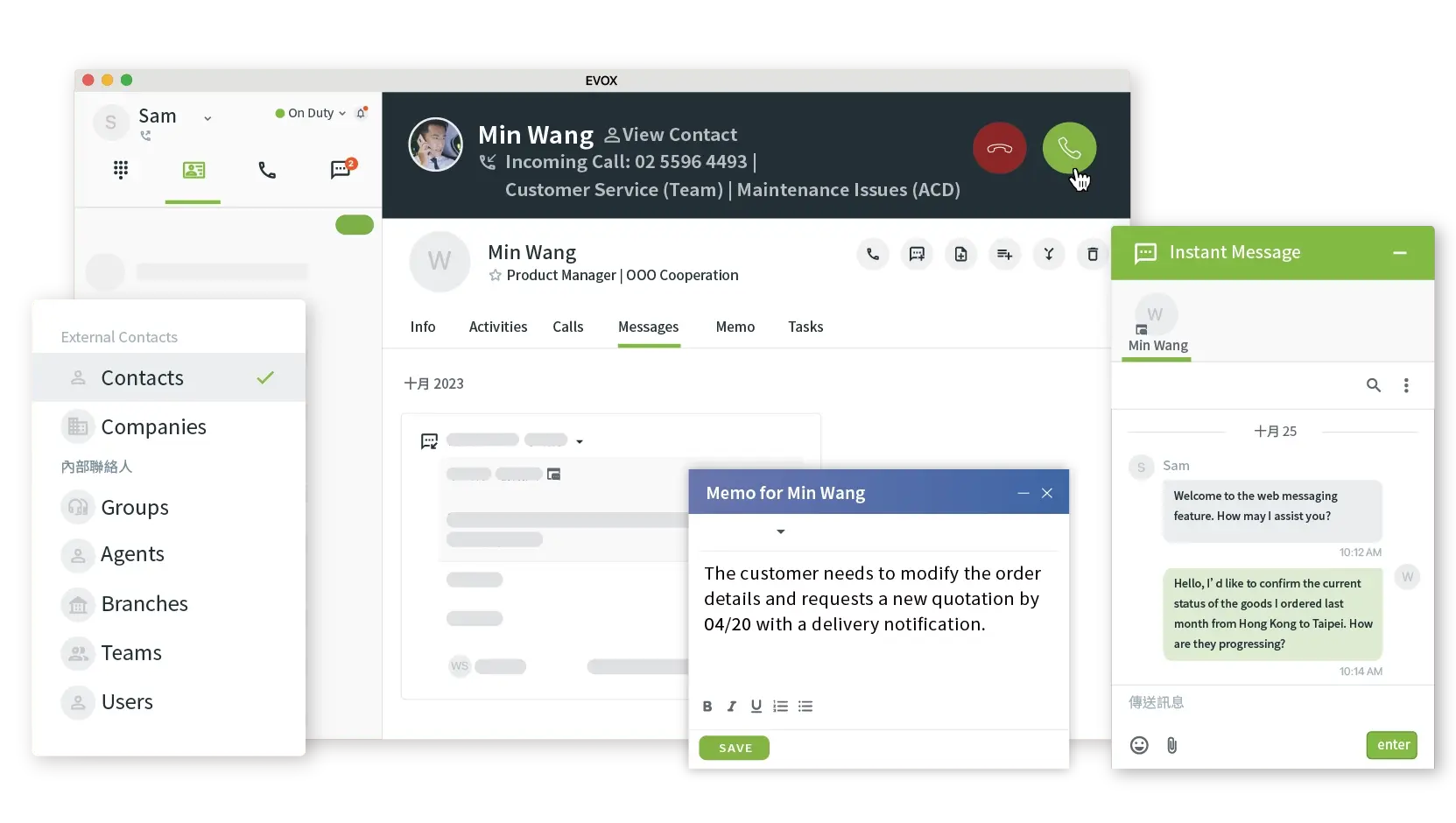
EVOX easily manages customer information from different channels through an all-in-one interface.
Easily build transparent team management online
Traditionally, vendors provide management of on-premises communication systems, making it difficult for businesses to implement flexible management. When personnel changes occur, or when adjustments to contact information or recordings are needed, companies typically submit requests to the vendor. Even if an in-house employee can make changes the admin systems are on-premises and managers or IT personnel can’t make changes remotely.
In contrast, cloud contact centers can provide a user-friendly (no programming code) online admin that returns management control to users. Authorized administrators can log in anytime, anywhere, to add or remove employee users, view communication records, or download recording files. Additionally, cloud contact centers often provide real-time analytics and reports, allowing managers to monitor team performance, such as service efficiency across various channels, conversation statuses, customer satisfaction, and anomaly detection. AI technology can also be employed to quickly analyze recordings and identify key information in conversations, aiding businesses in making more informed decisions.
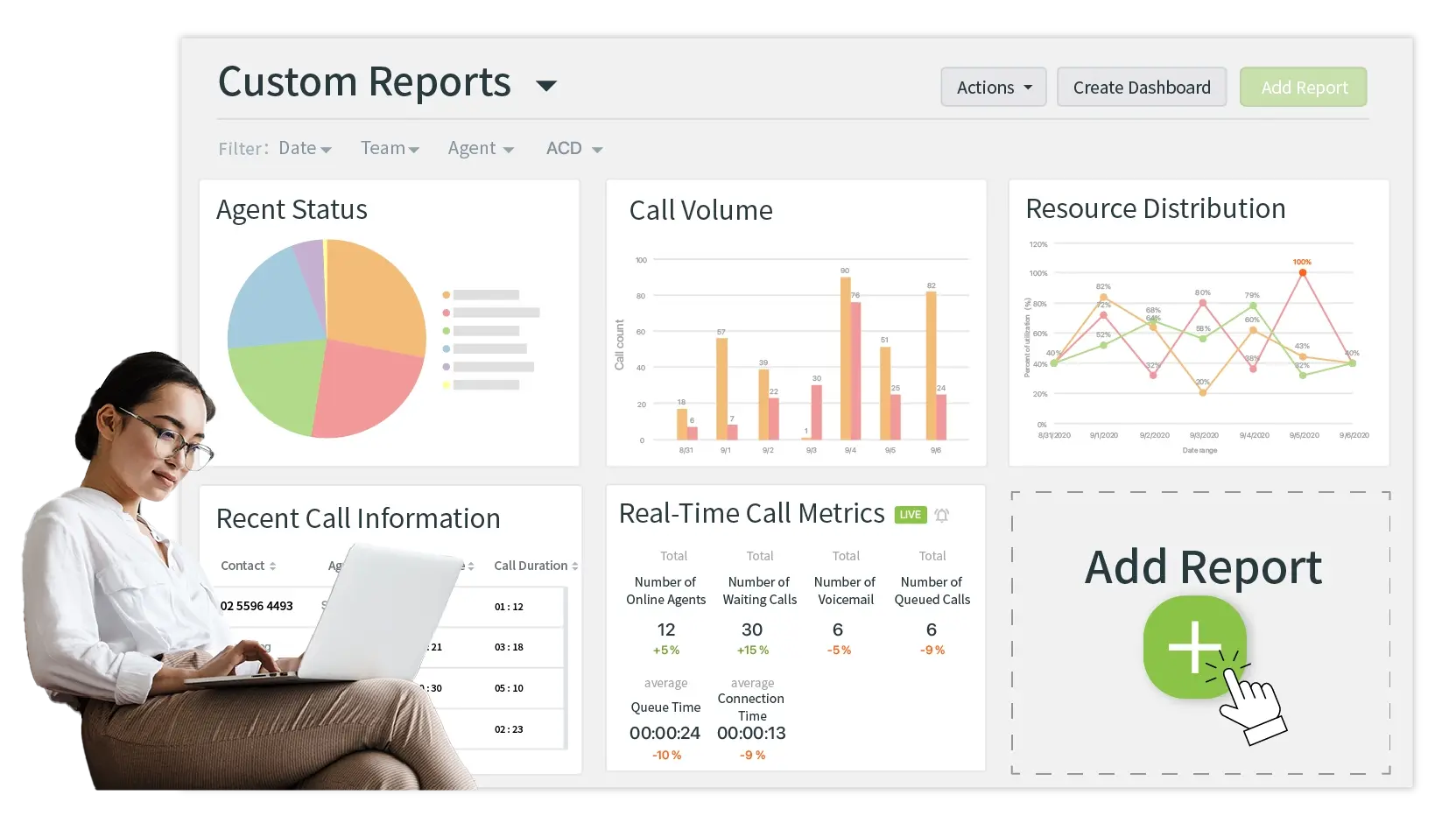
Conclusion: the rise of the omnichannel customer experience
With the rise of omnichannel contact centers for business communication, companies now have an unprecedented opportunity to revolutionize the customer experience. By integrating voice, text and social media channels, businesses will gain deeper insights into customer needs and achieve more transparent and rational team management. This integration will also allow them to leverage AI and other innovative technologies to create greater economic value. As omnichannel communication becomes mainstream, customer service teams will evolve into unified omnichannel customer service representatives.

